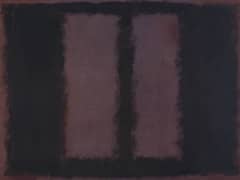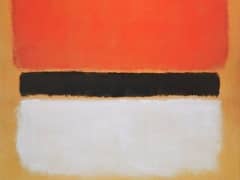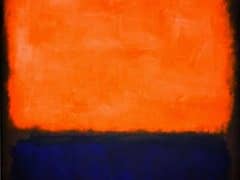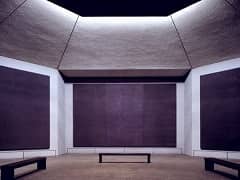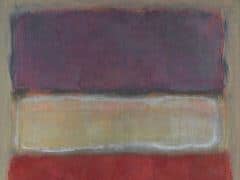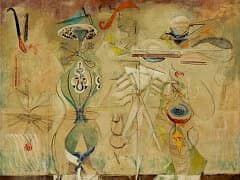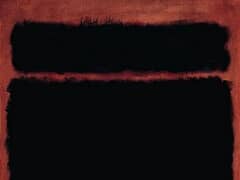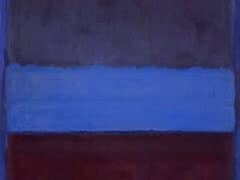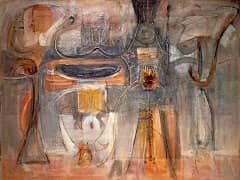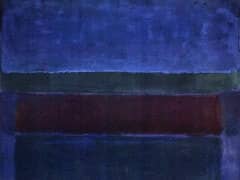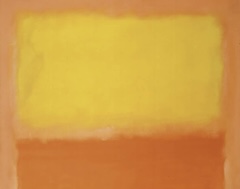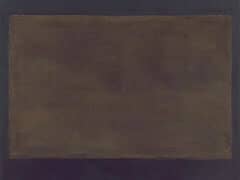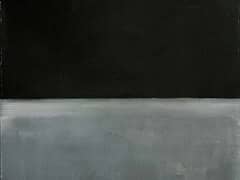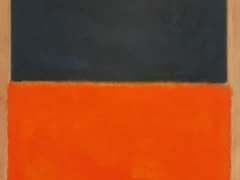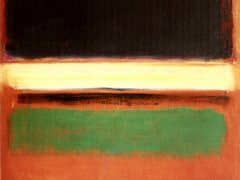Hierarchical Birds, 1942 by Mark Rothko
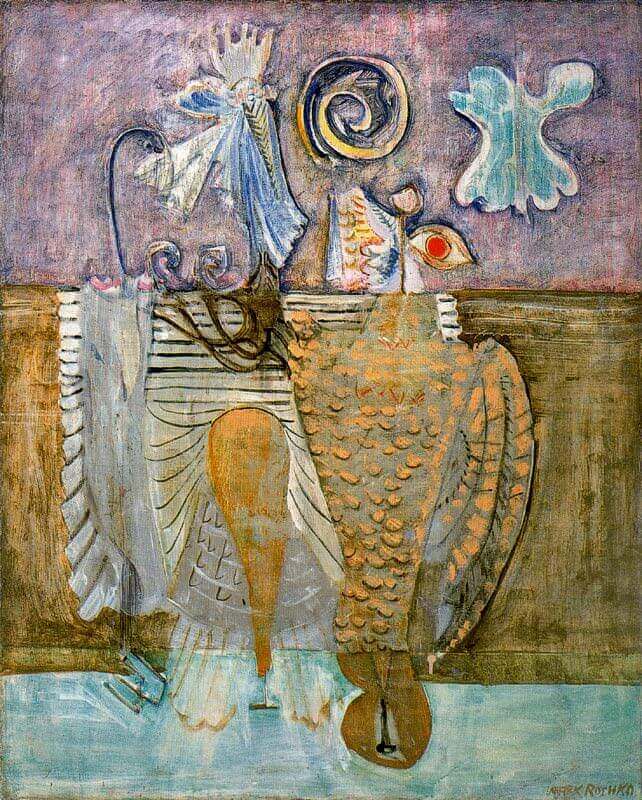
During the 1940s Rothko's imagery became increasingly symbolic. In the social climate of anxiety that dominated the late 1930s and the years of World War II, images from everyday life - however unnaturalistic - began to appear somewhat outmoded. If art were to express the tragedy of the human condition, Rothko felt, new subjects and a new idiom had to be found. He said:
It was with the utmost reluctance that I found the figure could not serve my purposes....But a time came when none of us could use the figure without mutilating it."
In a 1943 letter to the New York Times, written with Adolph Gottlieb and Barnett Newman, Rothko said:
It is a widely accepted notion among painters that it does not matter what one paints, as long as it is well painted. This is the essence of academicism. There is no such thing as a good painting about nothing. We assert that the subject is crucial and only that subject matter is valid which is tragic and timeless. That is why we profess a spiritual kinship with primitive and archaic art."
Hierarchical Birds exemplifies Rothko's interest in classical literature. Describing another painting also inspired by the writings of Aeschylus, Rothko explained:
The picture deals not with the particular anecdote, but rather with the Spirit of Myth, which is generic to all myths at all times."


